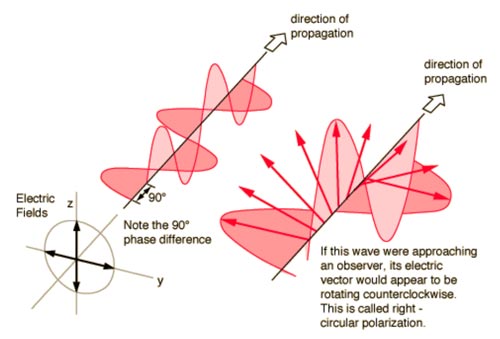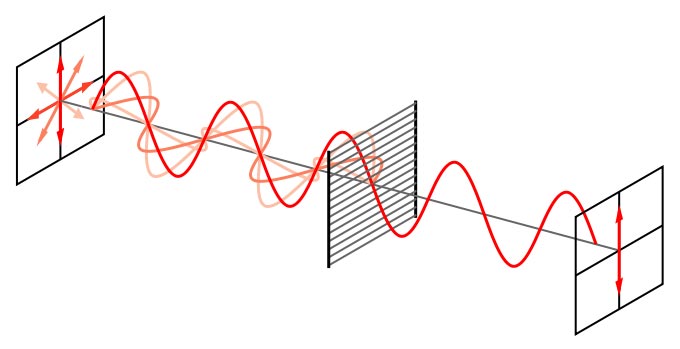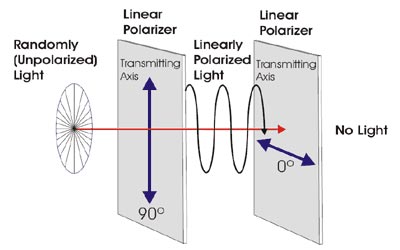Light that enters the lens is, in certain cases, partially polarized. The correct use of polarizing filters allow us to manipulate this partially polarized light to achieve effects that are practically impossible to reproduce using post-editing software. Such effects include the deepening of skies, removal of reflections in water, and reduction in glare. It is for these reasons that the polarizing filter is often considered the most important filter a photographer (in particular, one whose focus is on landscapes) can hold in their kit.
What is polarization?
Typically, when we see a diagram of an electromagnetic wave in a text book the electric and magnetic waves will be depicted oscillating in a single plane perpendicular to each other.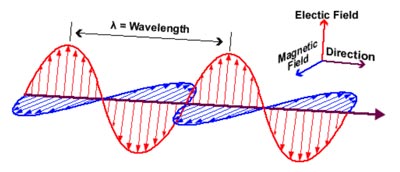
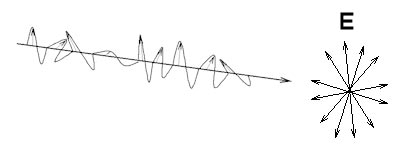
Polarizing filters
Polarizing filters, as their name suggests, polarize the light that passes through them. There are two types of photographic filters we can buy: linear and circular.
Linear polarizers
Linear polarizers only let light oscillating in one plane pass through the filter. One way to imagine a linear polarizing filter is to picture someone holding a piece of rope attached to a wall and waving it up, down, left, and right. If we were to place a horizontal slit mid-way between the person and the wall then the wave between the slit and the wall would be planar i.e. all left and right movements would be stopped.
Circular polarizers
Circular polarizers are a little more complex. They typically consist of a linear polarizer and a ¼ wave plate. The latter is constructed out of a birefringent material such as quartz which has the property that the refractive index depends on the propagation direction of the wave; in other words, the two components of the wave (horizontal and vertical) will pass through the material at different speeds because they hit the plate at different angles.
The linear polarizer linearly polarizes the wave then the ¼ wave plate slows down one component of the linearly polarized wave putting that component out of phase by ¼ of a wavelength relative to the other component and therefore putting the combined wave into a “spin” to produce circularly polarized light.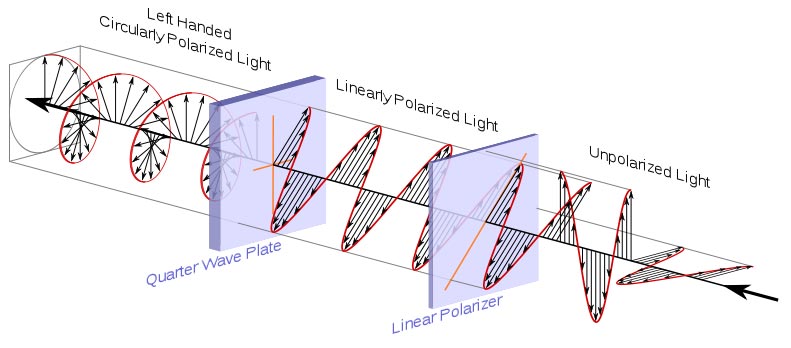
Blocking light completely
The critical thing to note here is that polarizers (or a combination of them) can be used to block light entirely. Taking the diagram of the linear polarizer above, you may have noticed that with the addition of another linear polarizer with a transmitting axis exactly 90° relative to the first linear polarizer you could block the light altogether, as per the diagram below (the same logic applies to circular polarizers—remember the first component of a circular polarizer is a linear polarizer; the fact that there’s a ¼ wave plate afterwards makes no difference if there is no light to put into a spin).
So what?
The above is relevant because light can become polarized through both scattering and reflection. Depending on the viewing angle, most light (if not all) that hits the sensor of our camera will have undergone scattering (e.g. when coming through the atmosphere and bouncing off air molecules) or reflection (e.g. incident light off a tree leaf). As this light (in certain cases) is partially polarized we are able to block this partially polarized component of it through the use of a polarizing filter.
This phenomenon allows us, through the use of a polarizer, to darken and add contrast to the sky in certain cases.
Scattering
Scattering here refers to the scattering of light waves as they enter our atmosphere and collide with air molecules. It occurs because the electron that absorbs the photon’s energy “vibrates” perpendicular to the direction in which the light is travelling (so in the same directions of the two components on the electromagnetic wave itself). The light emitted by the scattering along this plane is polarized; lighted emitted parallel to the original direction of travel remains unpolarized; the light is partially polarized to a varying degree between these angles.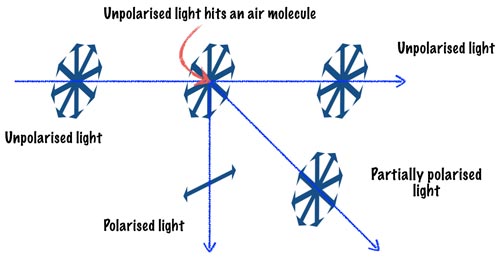
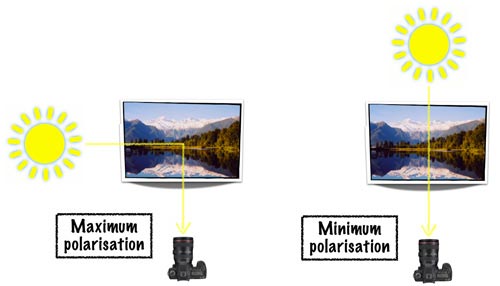
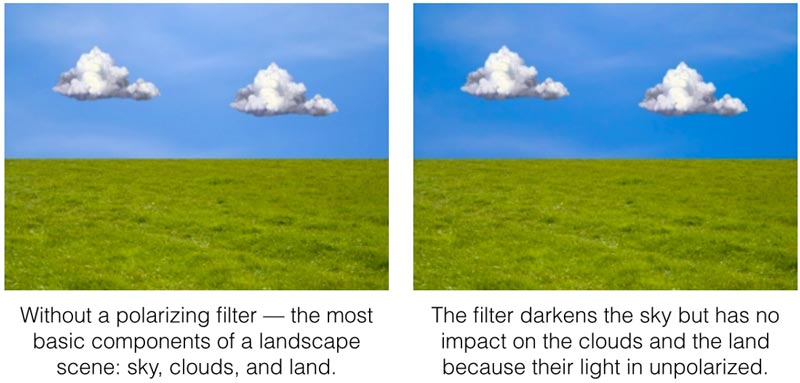
Reflection
Light can also become polarized by reflection off non-metallic surfaces. If light strikes a surface such that there is a 90° angle between the reflected and refracted light then the reflected beam will be linearly polarized. The direction of polarization will be perpendicular to the direction of travel. The angle of incidence which is required to produce this outcome is known as Brewster’s angle, which is usually 50-60° depending on the surface medium (water, glass, etc.).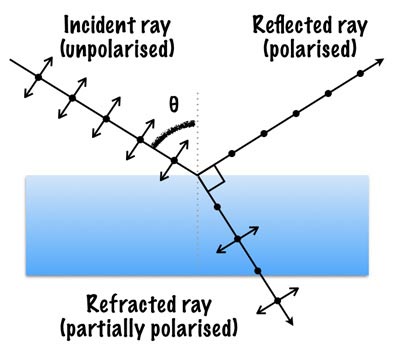
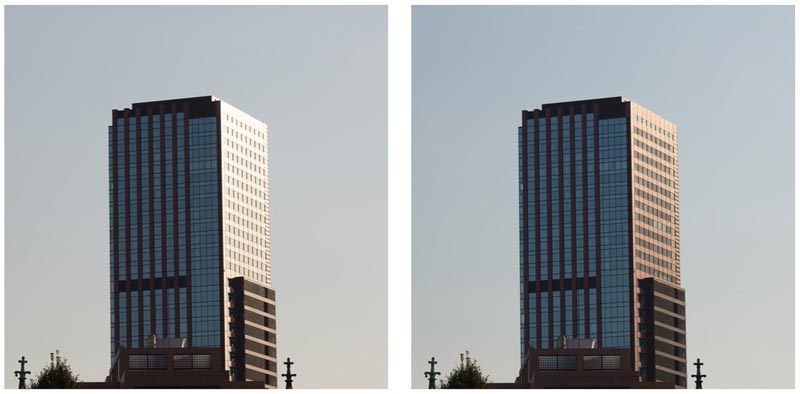
Why do we need a CIRCULAR polarizer for digital cameras?
This is due to the way the autofocus and beam-splitting metering systems work. Essentially, the mirror used to direct a fraction of the light to the AF and metering sensors also has a slight polarizing effect. With a linear polarizer, certain alignments mean that the level of light reflected to the sensors is heavily reduced resulting in underexposure (in the same way that placing two linear polarizers together with the direction of polarization at 90 degrees can block out light). Circular polarizers, by effectively sending the linear polarization into a “spin,” eliminate the possibility of misalignment thus allowing enough light to hit the AF and metering systems so that they work properly.
